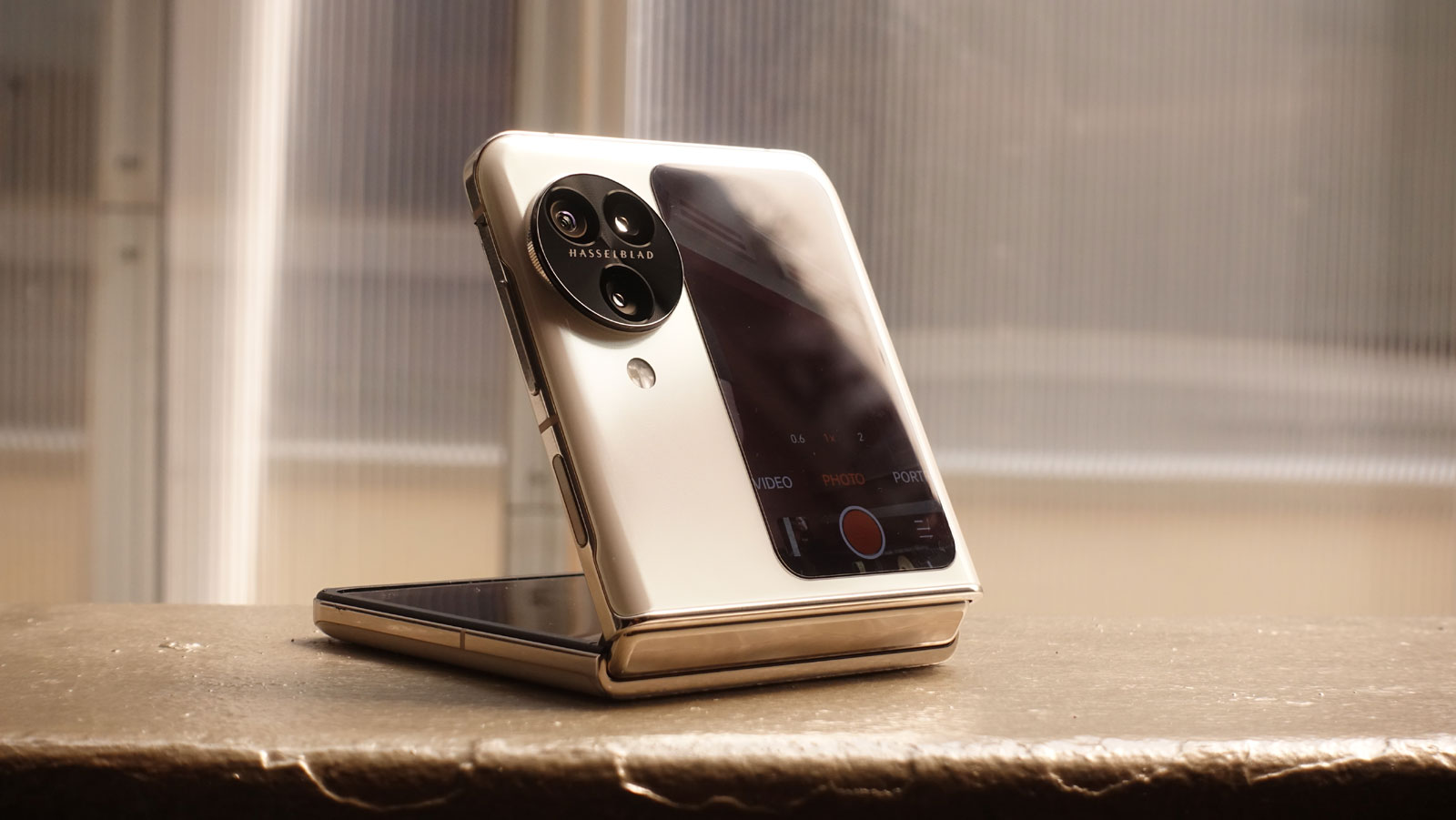Oppo is the third manufacturer after Samsung and Huawei that has two versions of foldable phones—one book type and one flip type. Like Samsung, Oppo now has multiple generations of its foldable phone; in this case, the phone is the Oppo Find N3 Flip, a second-generation flip phone. The question is, has the company done enough to entice a non-foldable fan to switch? Read on to find out.
Flip flip flip
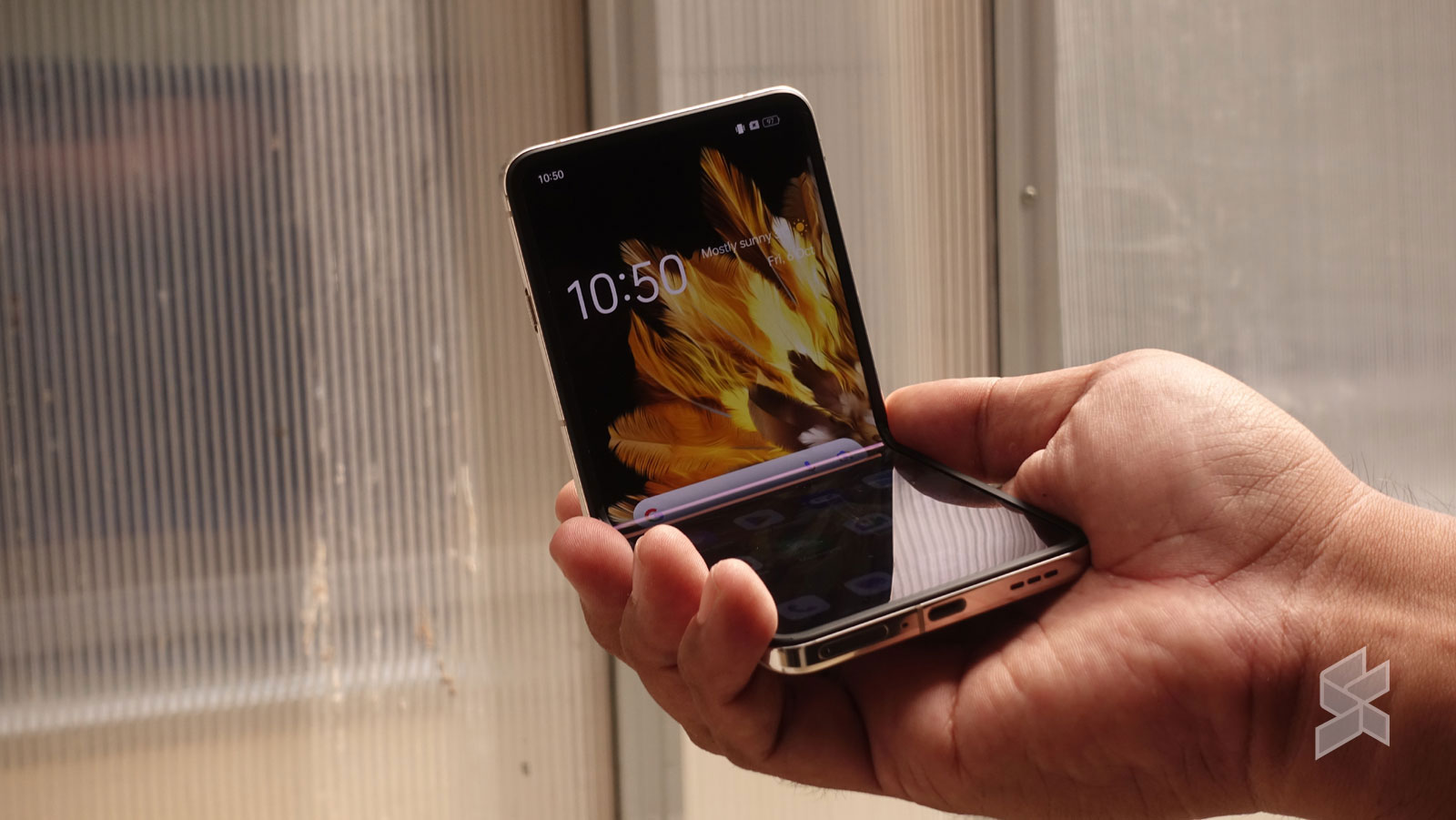
Like the Samsung Galaxy Z Flip 5 (expect many comparisons throughout the article), the Find N3 Flip is a foldable that comes in the flip form factor, à la older Motorola Razrs from the early 2000s. From the outside, there is not much difference between the N3 Flip and N2 Flip apart from the camera module, which we will touch on later.
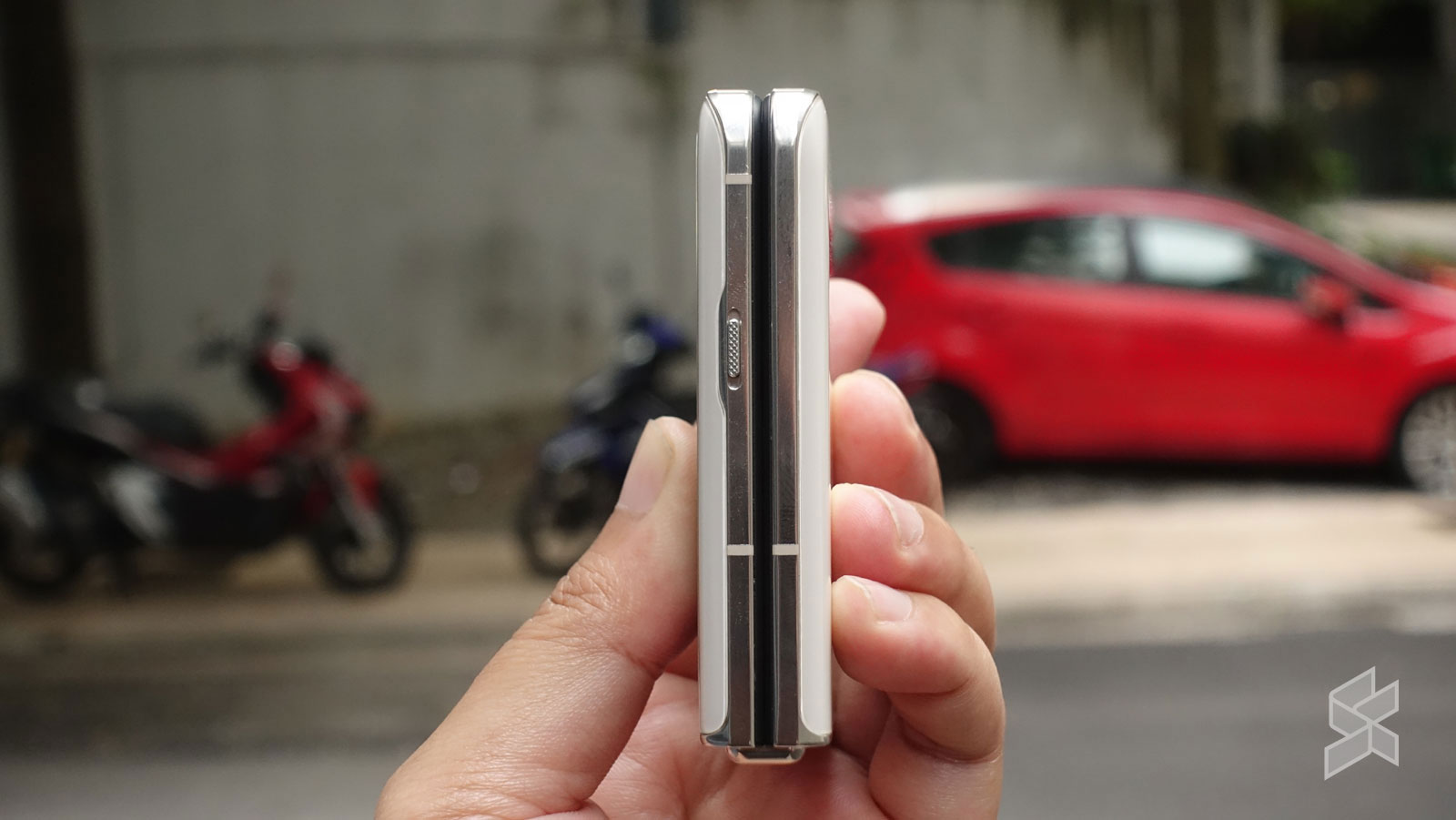
When unfolded, the phone is only 7.8mm thin. That is pretty thin, but not as thin as the Z Fold 5 which is another millimetre or so thinner. When folded, it is 16.5mm. It really feels like a lady’s compact powder when holding it in the hand. The curved sides are very forgiving when holding it for long periods of time – you will not get any cut marks on your palm like the much squarer Z Fold 5.
Screen in and out
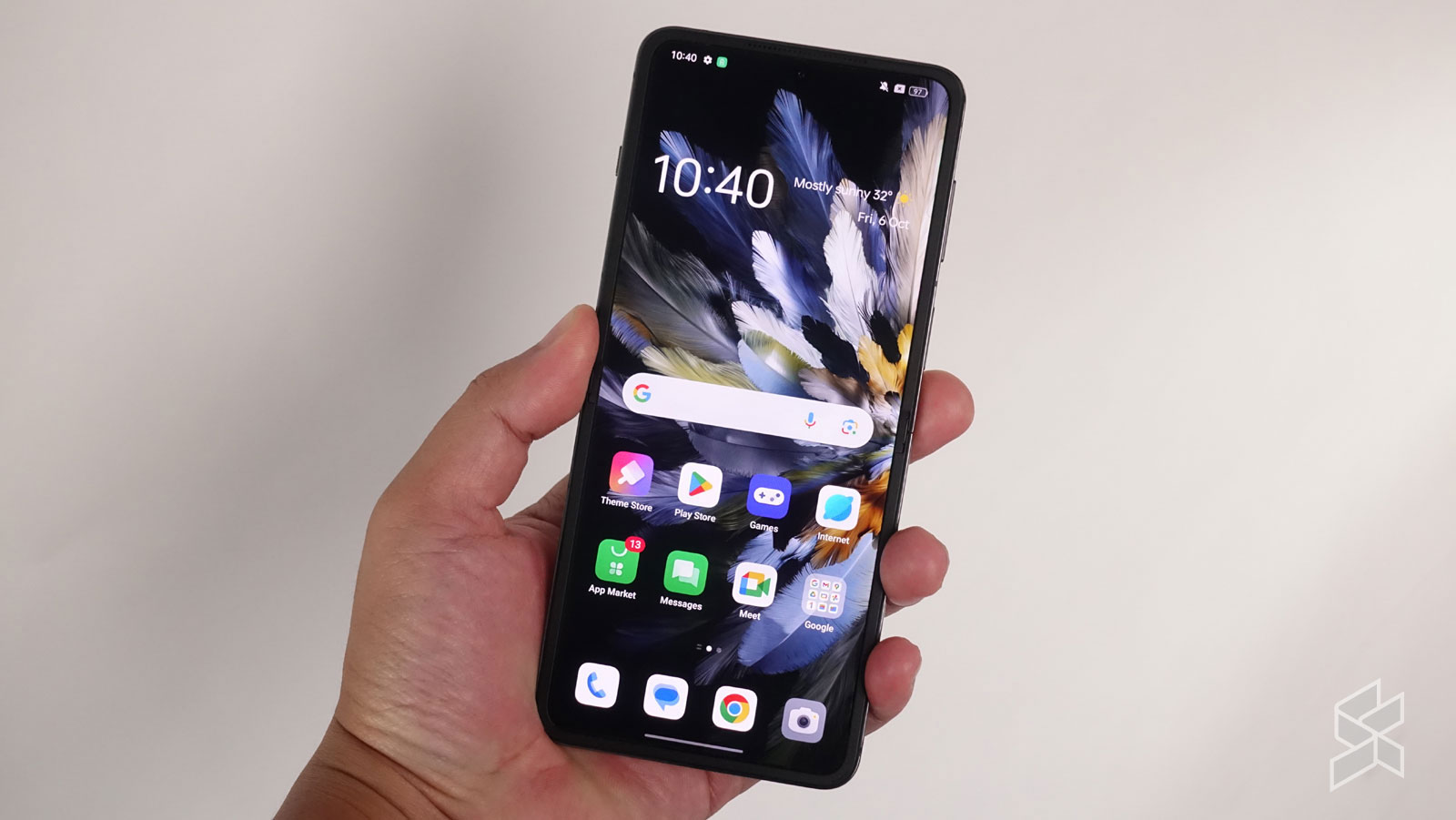
Inside, Oppo’s team managed to cram a 6.8-inch foldable Full HD+ AMOLED display, an LTPO panel with a 1 to 120Hz adaptive refresh rate. The screen has a 1,600 nit peak brightness; it is good enough for outside use. No more squinting to see what’s on screen.
One thing that still boggles my mind is how shallow the crease is. The Find N2 Flip already had a minimal crease even next to the newer Z Flip 5 (even after the latter incorporated the industry-standard teardrop hinge), but the Find N3 Flip takes it a step further; the crease is barely there. As a side note – there is an obvious border around the screen, but the border is used as a dampening material when you snap shut the phone. I can tell you that the action is so satisfying.
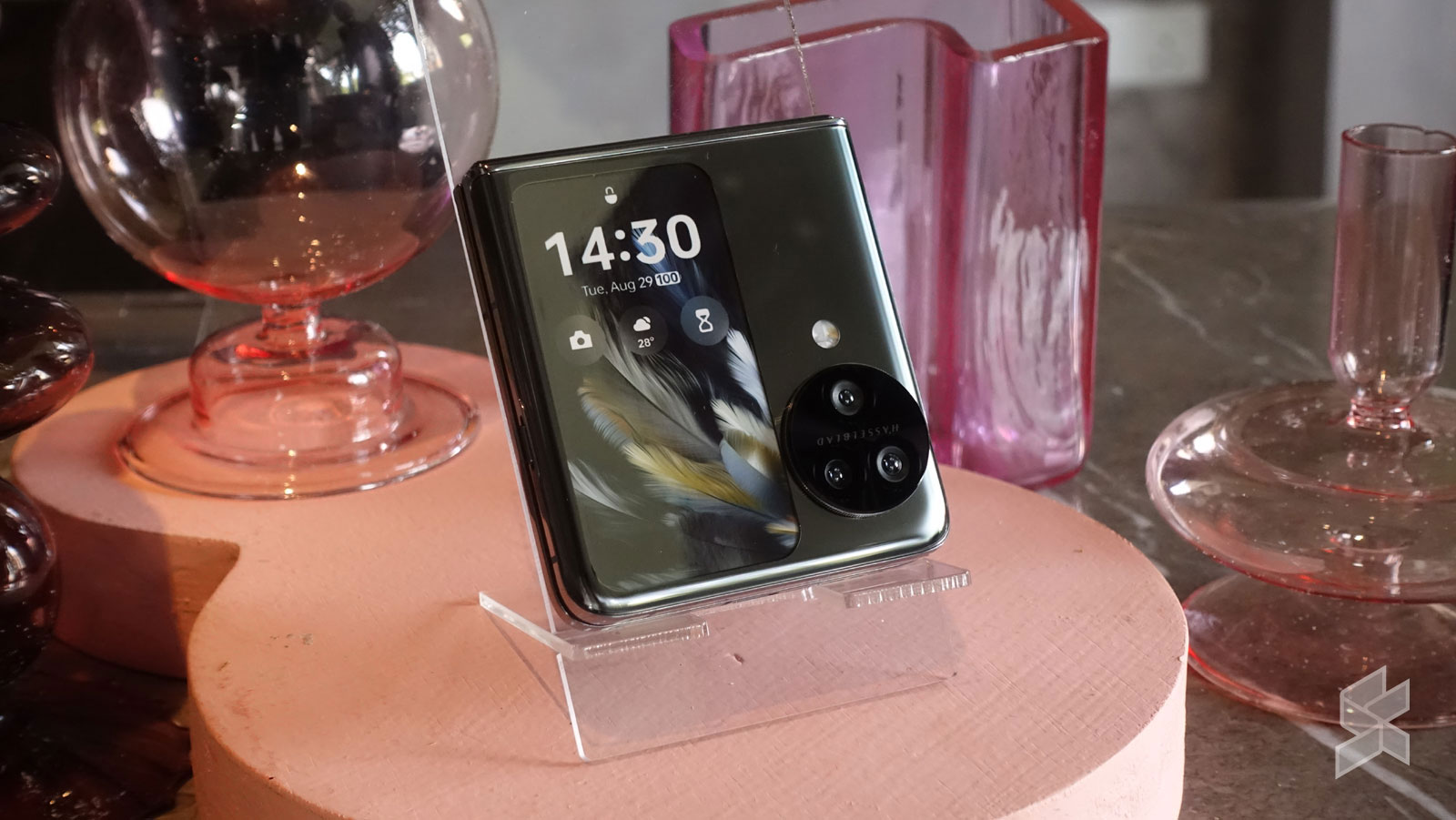
The cover screen on the N3 is even the same as the previous generation, a 3.26-inch vertical display with a resolution of 382×720 pixels. That’s still good. What is not good is that the screen is not being fully utilised by the OS and apps. This is in stark contrast to the Z Flip 5, which—through a semi-official workaround—will let you use any app, even full-fledged games.
Of course, that is up to the developers, but Oppo should do more to push the usability of the phone cover screen. One upside with Oppo’s cover screen is that the apps that we have so far are already optimized for the vertical layout – so the apps will not look forced when running on it, unlike the Z Flip 5.
MediaTek Inside
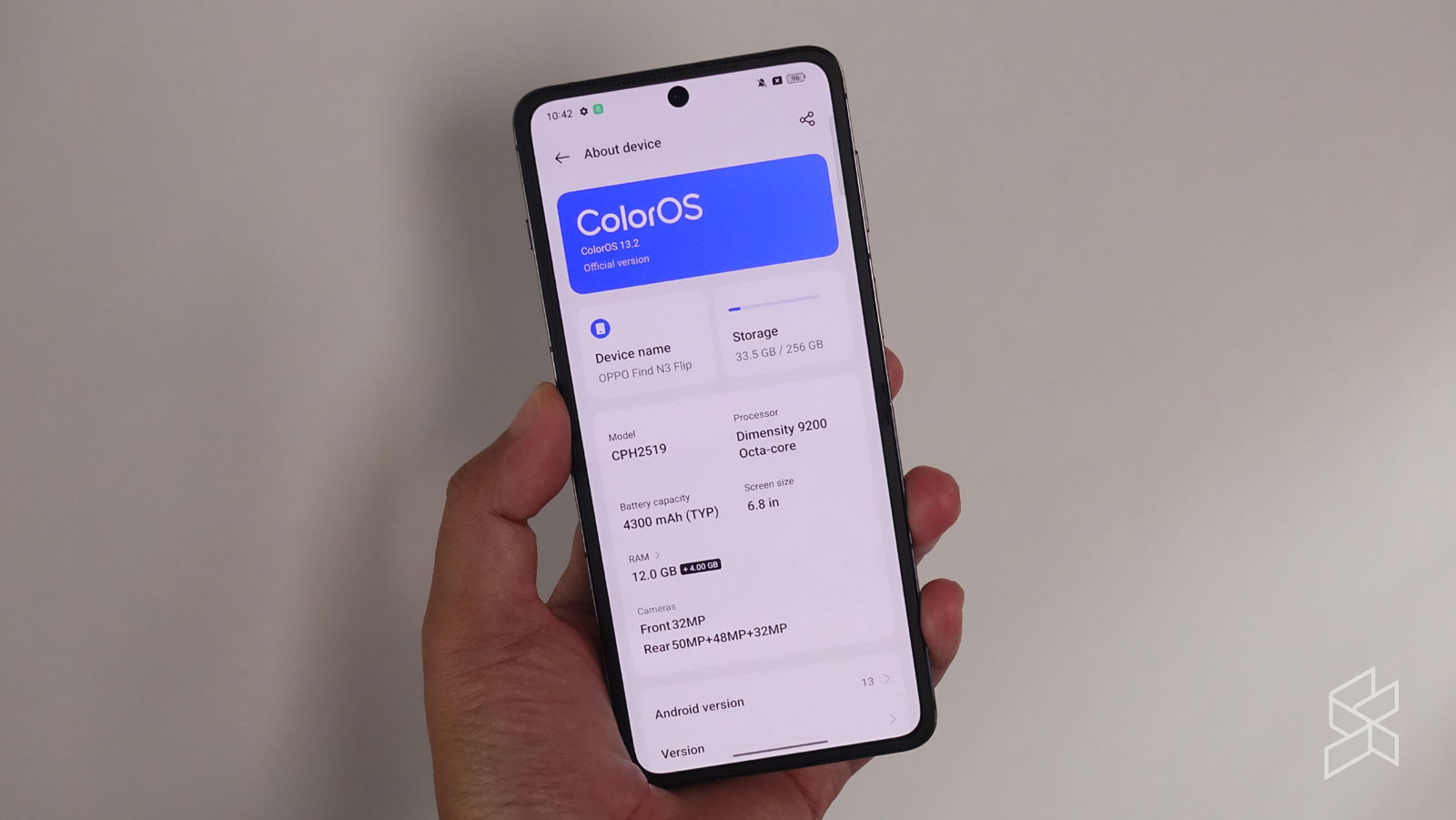
The N3 Flip is powered by a MediaTek Dimensity 9200, which is built using a 4nm process. The processor is powerful enough to run even the most demanding apps and games thanks to the eight cores inside. Games like Genshin Impact and Honkai: Star Rail played without any problem, even at max settings. Paired with the processor is 12GB of RAM and 256GB of internal storage. No microSD support here, sadly.
The processor thankfully sips power. Even so, the built-in 4,300mAh battery should last you the whole day—it did for me. It is much bigger than Z Fold 5’s 3,700mAh internal battery. Oppo has even one-upped Samsung in the charging department as the phone supports up to 44W SuperVOOC fast charging, although it loses out on wireless charging which the Z Flip 5 supports.
Snap snap away with Hasselblad

Oppo has become the first manufacturer to include three cameras on the front (front? Top?) of the phone. Regardless, the N3 Flip is the first to feature a full telephoto camera for proper optical zoom photography.
The camera modules are headlined by a 50 MP main camera with a 24mm-equivalent lens and an f/1.8 aperture, which finally gets optical image stabilisation. Sitting alongside it is a 48MP ultra-wide (up from a measly 8MP on the Find N2 Flip) with a 14mm-equivalent lens and an f/2.2 aperture. The new telephoto shooter has a 32MP sensor and an 47mm-equivalent lens (providing 2x optical zoom) with an f/2.0 aperture.
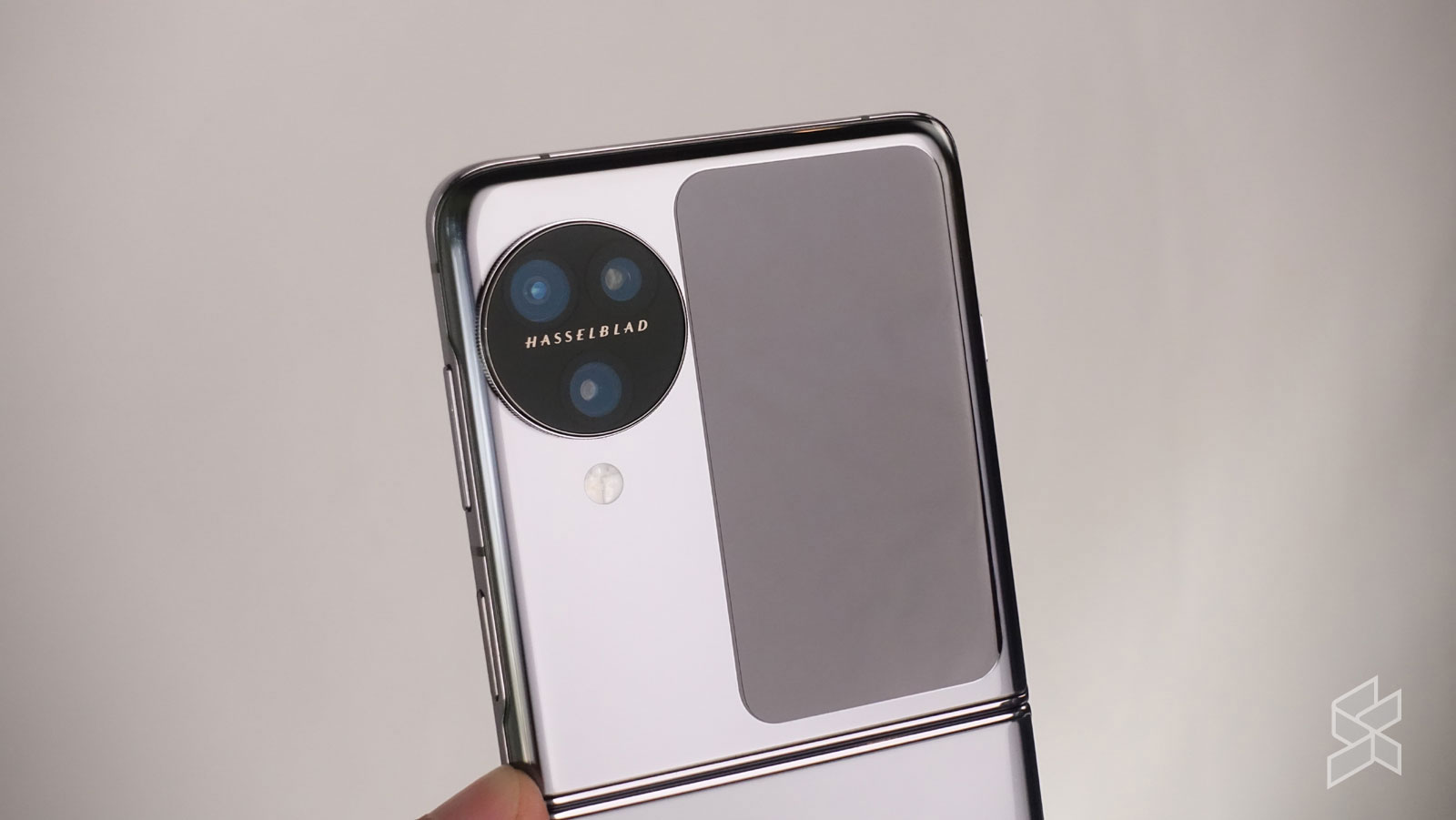
As you can see, the camera suite here is complete for just about any situation you want to be in. While the telephoto is not the longest in the market, it is decent enough to punch in to subjects that may be just a bit further away.
The 2x optical zoom is also perfect for portrait photography. Thanks to the Hasselblad collaboration, the know-how of the decades-old company has been imparted to Oppo in the form of colour science and algorithms for portrait photography. We did catch some nice portraits with the main cameras that should be enough for even the most selfie-conscious people.
Thankfully the cameras managed to keep a consistent look across all cameras, so when you switch around between cameras, you won’t see any glaring difference between the images you took with the main, wide-angle or the telephoto camera. Hasselblad’s colour science means that skin tones doesn’t look under or over exposed, texture of the skin looks nice and even the highlights in the background will be managable. No overblown highlights.
Designed to thrill but can be better
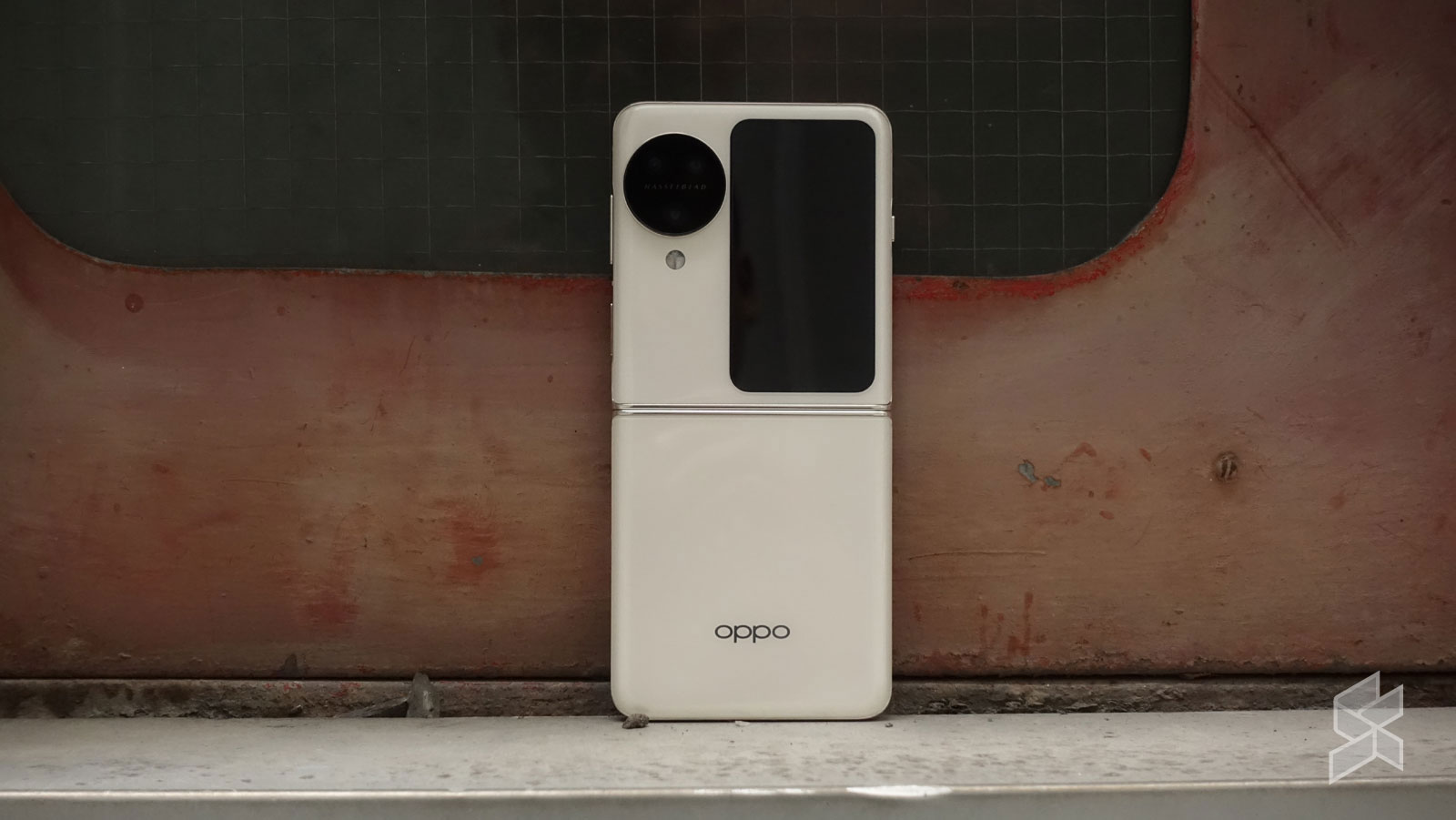
As we alluded to earlier, the N3 Flip is designed primarily with the ladies in mind. The soft curves, the form factor and the features built-in are perfect for a night out. However, we do wish some features were included to make this phone even better.
For one, there is no wireless charging. That feels like a cost-cutting measure in either cost of space in the phone. There is also no full video support out of the USB-C port; it would be nice to be able to plug this phone into a larger screen to share with family and friends the photos you took with the camera. You also don’t get any form of water resistance, unlike the Z Flip 5 which can be submerged without issue thanks to its IPX8 rating.
Lastly, the hinge needs to be stiffer. While the hinge is an upgrade to last year’s model, it still pales in comparison to the Z Fold 5, which can be set to any angle and stay there until you need it. Yes, there is the ‘flex mode’, but I wish it could go way back without snapping to a flat position.
Is this a phone to get? Yes, yes and yes
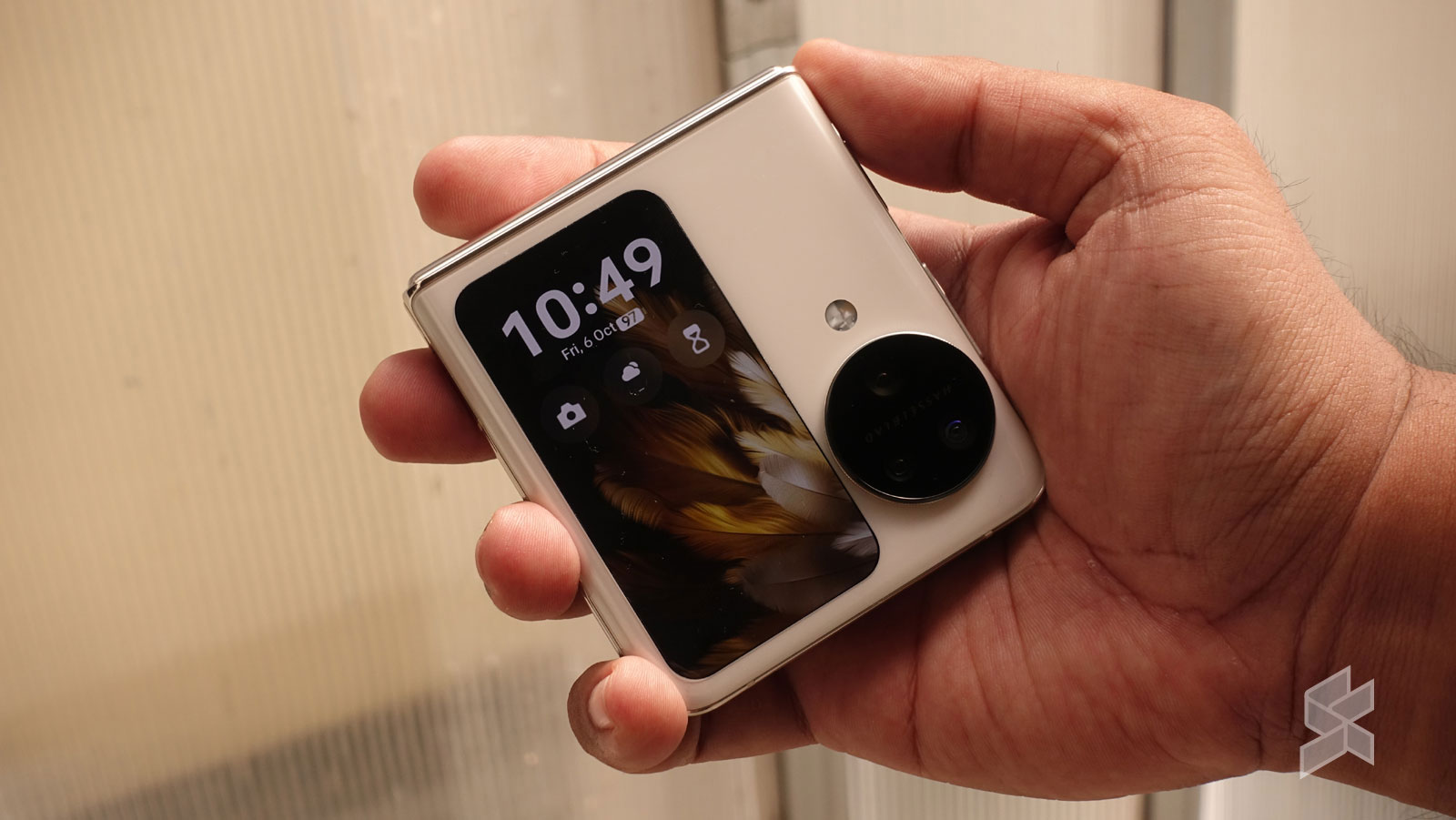
Even with the small niggles, for someone who is looking for a foldable flip phone, this is a great choice to consider. The three-camera set-up alone is a major plus point in its favour, and the overall feel and build make it a compelling buy for anyone not looking for a Samsung flip phone.
The only concern is the price. At RM4,399, the Find N3 Flip is only RM100 cheaper than the Z Flip 5, which offers greater performance, a larger cover screen and water resistance. And that’s before you consider that Samsung keeps dishing out discounts on its flagship phones—right now, you can get the Z Flip 5 at RM3,999, quite a bit less than Oppo’s offering. Even so, the Find N3 Flip offers some unique upsides that altogether make this a genuinely attractive option.

